Notes Towards Day 3–“Cyborgs are Us”
“Our machines are disturbingly lively, and
we ourselves frighteningly inert.”
(Donna Harraway, “A Cyborg Manifesto: Science, Technology, and
Socialist-Feminism in the Late Twentieth Century,” 1985)

H.R. Giger’s “Birth Machine”
(via slutze: “not a utopia”)
Cat: I would rather be an exceptional “goddess”
than a drone “cyborg.”
We need some utopic images!!
But first–>
I. Coursekeeping
signing-in (include user-name, please)…
btw (speaking of identity):
how shall we refer to one another?
meatspeace or cyberspace names?
posting/putting up images
(check out Laura’s “tech tips”; note also photo stream;
please don’t hotlink, but download images…)
–> any trouble-shooting?
Rebecca and Baibh re-posted: had originally written “comments,” saw they didn’t show up under their names, so re-posted as “posts”–> raises a technical/ethical question: in our attempt to “keep track,” will we lose the “conversational” quality of our early discussion….?
introductions:
Rebecca, Michelle, Julia
(Monday: Gwen, George, Natasha–get ready!)
also for Monday: The Technologies of Gender:
Making and Re-making Ourselves (=cosmetic surgery)
Elaine Sciolino and Souad Mekhennet,
“In Europe, Debate Over Islam and Virginity” (2008);
PLUS EITHER
Diana Dull and Candace West
“Accounting for Cosmetic Surgery” (1991),
OR Victoria Bañales, “’The Face Value of Dreams’:
Gender, Race, Class, and the Politics of Cosmetic Surgery” (2005)
Mista Jay: How does race and class play into this
(=intersections of gender and technology)?
Find more on-line examples: post or bring to class…
II. highlight two on-line extensions of Monday’s discussion:
Baibh on AH’s robot images as a trip into “uncanny valley”
Natasha and Ryan on “Mr. WordPress”: open-source software…maintained by the community at-large…talking about a technological entity (the automatically generated message sender) as male.
III. For today:
Donna Haraway‘s INFAMOUS 1985 essay, “A Cyborg Manifesto: Science, Technology, and Socialist-Feminism in the Late Twentieth Century”
AND/OR Judith “Jack” Halberstam‘s clarifying 1998 follow-up: “Automating Gender: Postmodern Feminism in the Age of the Intelligent Machine”
Introducing Donna, Cayenne, and “Jack”–>
“I am conscious of the odd perspective provided by my historical position-a PhD in biology for an Irish Catholic girl was made possible by Sputnik’s impact on US national science-education policy. I have a body and mind as much constructed by the post-Second World War arms race and cold war as by the women’s movements” (Haraway).
What are their claims?
(break into small groups to teach one another)
-
what is the on-going conversation into which each author steps?
(to whom does she refer; whose work does she build on?)
-
what does she contribute to that conversation?
what’s her intervention? her claim?
-
what is yours? what questions do you have for her?
what’s your push-back?
“A Cyborg Manifesto”:
what is a cyborg?
(hybrid of machine and organism)
why does Haraway evoke the image?
an attempt to build an “ironic political myth
faithful to feminism, socialism, materialism”
of what use is it, to build an (oppositional, utopian) myth
(completely without innocence)?
argument for pleasure in the confusion of boundaries and
for responsibility in their construction
an attempt to build an “ironic political myth
faithful to feminism, socialism, materialism”
of what use is it, to build an (oppositional, utopian) myth
(completely without innocence)?
argument for pleasure in the confusion of boundaries and
for responsibility in their construction
a breakdown of three boundaries/leaky distinctions:
human-animal, organism-machine, physical-non-physical
(“best machines made of sunshine”)
lived, bodily realities: humans not afraid of
joint kinship with animals, machines,
of permanently partial identities, contradictory standpoints
Chela Sandoval’s oppositional consciousness:
“non-innocence of the category ‘woman’
not natural identification but conscious coalition
(refusal of “eco-feminism”):
undermines all claims for organic/natural standpoint
caricature of MacKinnon’s totalization of radical feminism:
non-existence of women except as products of men’s desire;
women’s experience=sexual violation/objectification
inadequacies in feminist analysis –>
proceeded as if organic, hierarchical dualisms still ruled
cannibalized, techno-digested: all in question ideologically
home, workplace, market, public arena, body all dispersed,
interfaced in infinite ways:
(example of the “homework economy”:
feminized work of electronics assembly:
“women in the integrated circuit”)
world subdivided by boundaries
differentially permeable to information
permanent partiality of feminist points of view:
feminist dream of a common language is a
totalizing and imperialist one
American radical feminists (Griffin, Lorde, Rich) have profoundly affected our political imagination–and perhaps restricted too much what we allow as a friendly body and political language. They insist on the organic….
two groups of texts w/ insight into construction of cyborg myth:
women of colour and monstrous selves in feminist science fiction
(possibilities for our shared reading after break:
Katie King, Joanna Russ, Samuel Delany,
James Tiptree, Octavia Butler…)
more problematic?
her use of “sister outsider”: the off-shore woman
devastating critique by Paula Moya of this
“misappropriation of women of color“:
“These real-life cyborgs (for example, the Southeast Asian village women workers…in electronics firms…) are actively rewriting the texts
of their bodies and societies.”
similar problems with claims re:
severely handicapped people have the
most intense experiences of hybridization w/ devices (?)
cyborg imagery expresses two crucial arguments:
universal, totalizing theory misses most of reality (?????)
refuses demonology of technology
reconstructs boundaries in communication with all our parts
____________________

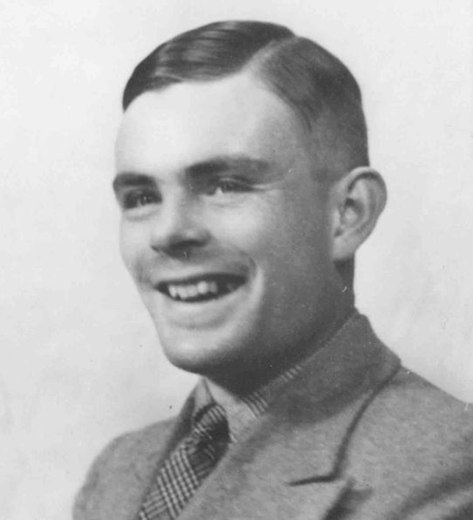
Halberstam’s update:
gender as an electronic text that
sits in dialogue with users, programs;
an “automated construct”
female cyborg replaces Eve: severs woman/nature connection;
exploits male fear of deceptive appearance, qeusions boundaries…
Apple logo symbolizes Turing’s exploration of artificial intelligence,
altered relation between bodies/selves in age of intelligent machine
“Turing believes machines think
Turing lies with men
Therefore machines do not think.”
“the possibility for random interference…is critical to intelligence…works both as an organizing force…and as a random interruption which returns the system to chaos”
Turing’s “sexual guessing game”:
gender and computer intelligence both are imitative systems
body is a product of technology:
desire provides the random element/interference
necessary for intelligence
Haraway’s postmodern cyborg: avoids
ideological dangers of recourse to an authentic female self;
femininity as automation, a coded masquerade
what is so anxiety-provoking in a blurring of machine and human
and what is so attractive in holism and universalism?
femininity is always mechanical and artificial
the cyborg resists static conceptions of gender and technology;
produces an uncanny effect ( cf. Baibh’s “uncanny valley”);
calls attention to the artificiality of gender distinctions
image may obscure certain relations between living women and technology: disenfrancishment in electronic marketplace)
but: already cyborgs are us,
as embedded in new technologies as they are within us
IV. what logos/images have you brought as comments on/
challenges/contributions to these claims?
several to get us started….
Michelle’s (di Vinci’s) “Vitruvian Man”: an early example of an attempt to order and understand the human body; cf.
Guinevere’s overarching idea of chaos and randomness and the mixing together of everything that was once separate, everything that we used to have labeled and organized in little boxes (see also a Flickr image).
Cf. also Rebecca’s/Aaron Diaz’s “transhumanism”:
Dresden Codak, with
Hill’s utopia/reality, below, along with
Cleo Calbot/deviantart’s NorthernBanshee:
woman is both using technology, and IS technology
 |
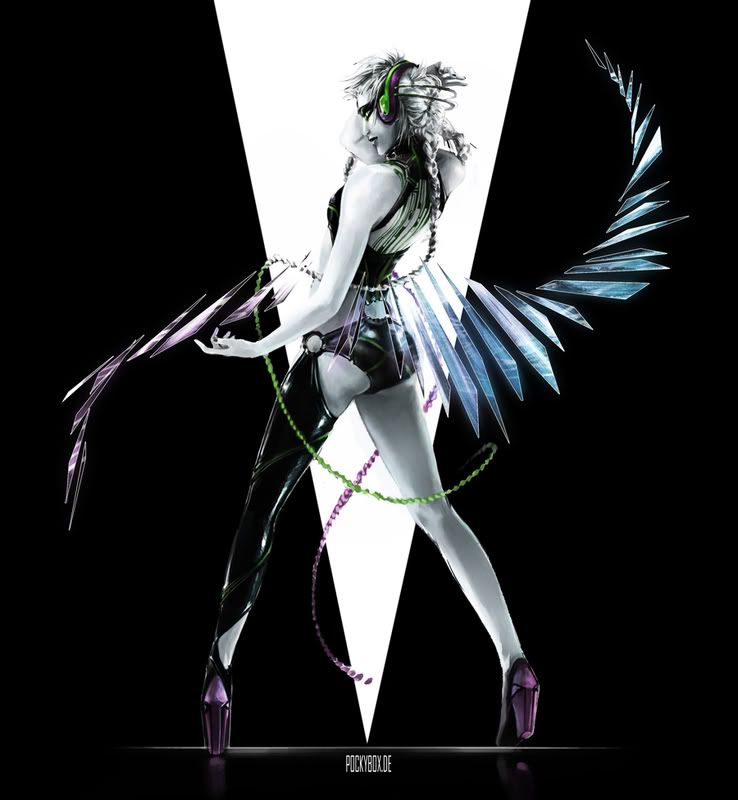 |
roisinfolley contributed “Sasha Fierce,” and Shika “a simple utopia” with “no societal constraints on what is masculine and what is feminine.“
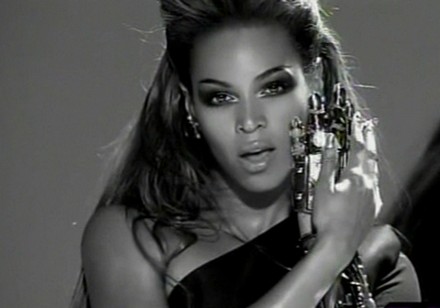 |
 |
Melanie offered “gender-neutral utopia”: Zou Ren and his robotic twin;
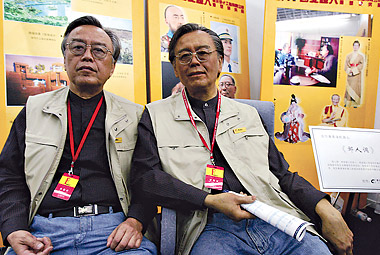
and Jonathan gave us the “cyborg goddesses” of Antony and the Johnsons’ music video, You are My Sister.
What do these images share?
What common ground do they identify?
How do they differ?
(What’s the relation of the individual and the social?
of the individual and the technological?
of gender and technology?)
What else?
What are the qualities of y/our “elsewhere,”
our ideal world(s) of gender and technology?
Is it/how is it useful to imagine one?
Comments are closed.






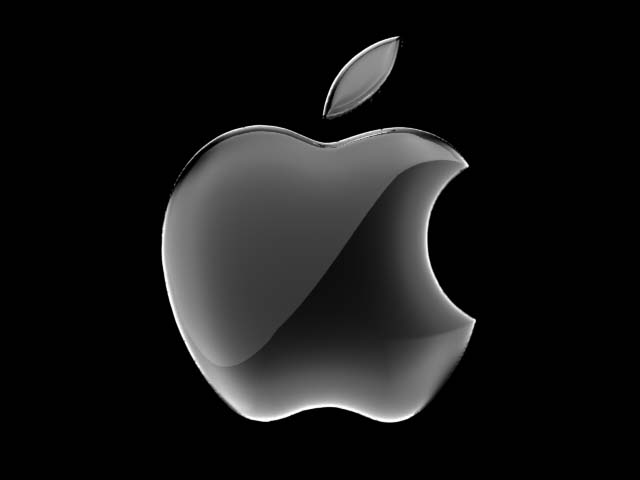

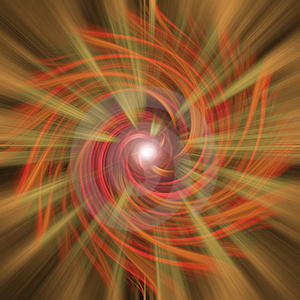

Just a link related to some of these topics.. http://theobscenemachine.blogspot.com/